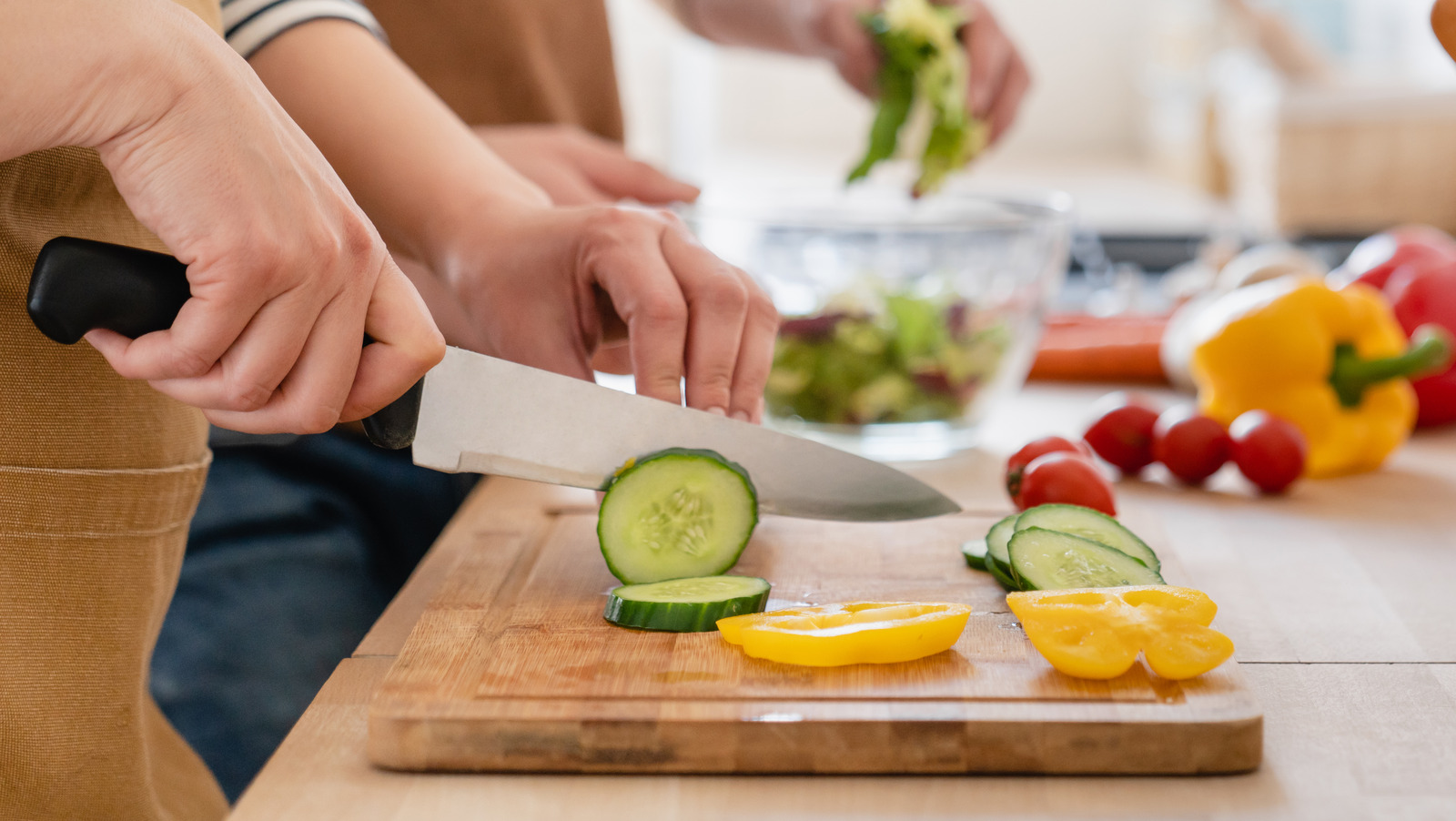How Wide Should a Cutting Board Be? Exclusive Insights for BBQ Lovers
Written By James Morgan
Hey there, BBQ enthusiasts! If you've ever found yourself asking 'how wide should a cutting board be' while preparing your mouth-watering barbecue, you're not alone. Cutting boards are a quintessential tool in any BBQ aficionado's kitchen, and getting the size just right can significantly impact your culinary experience. Stick around to find out everything you need to know, including tips, tricks, and even some shocking revelations.

Why Does Cutting Board Width Matter?
Imagine trying to slice a brisket on a cutting board that's too narrow. It could lead to uneven cuts, more mess, and even potential accidents. The width of your cutting board is more crucial than you might think, especially when you're dealing with larger cuts of meat common in barbecuing. A wide enough cutting board allows ample space for cutting without the food falling off the sides, making the entire process smoother and safer.
Standard Cutting Board Dimensions
Most cutting boards range from about 12 inches to 18 inches wide. However, the ideal width for you depends on specific needs and preferences. Let's break down the considerations for different types of barbecue enthusiasts:
- Casual Grillers: If you occasional BBQ small amounts of food, a board around 12-15 inches wide may suffice.
- Weekend Warriors: For those who host friends and family regularly, consider a board that is 15-18 inches wide.
- Professional Pitmasters: If you're a serious BBQ competitor or cook large quantities, opt for cutting boards over 18 inches wide.

Material Matters: Impact on Width
The material of your cutting board can also affect how wide it should be. Different materials have different properties, which might influence the width you need:
- Wood Cutting Boards: Wood is the traditional choice for many BBQ enthusiasts, and it comes in various widths. A standard wood board is around 15-18 inches wide, providing plenty of room for larger cuts like briskets and ribs.
- Plastic Cutting Boards: While often smaller and lighter, plastic boards are more sanitary and easier to clean. However, they may need to be wider for BBQ purposes, so you might want to look for one that's at least 18 inches wide.
- Bamboo Cutting Boards: Bamboo is eco-friendly and highly durable. These boards typically come in widths similar to wood, around 15-18 inches.
Consider Thickness Too
While we're talking about width, let's not ignore thickness. A thicker board is more stable and can withstand the impact of heavy chopping, which is essential for barbecue enthusiasts. A good range is between 1.5 to 2 inches in thickness.

How to Maintain Your Cutting Board
Once you've chosen the right cutting board, maintaining it is crucial to ensure longevity and hygiene. Check out our detailed guide on how to care for rubberwood cutting boards for some tips.
Regular Cleaning
- Wood Boards: Clean them with mild soap and water. Avoid soaking as it can lead to warping.
- Plastic Boards: These are dishwasher safe, but regular handwashing will extend their life.
- Bamboo Boards: Clean similarly to wood boards, but make sure they are adequately dried to avoid mold.
Repairing Cracks
If your cutting board starts to crack, don't rush to throw it away. Here are some tricks to fix it: fixing a crack in a cutting board.

Top Picks: Our Recommended Cutting Boards
Here are some of our top picks for cutting boards that meet the requirements of different BBQ enthusiasts:
- Best for Casual Grillers: A 12-inch wide wooden cutting board.
- Best for Weekend Warriors: A 15-inch wide bamboo cutting board.
- Best for Professional Pitmasters: An 18-inch+ wide plastic cutting board.
For more unique cutting board designs, check out this article on making a zig-zag cutting board.
FAQs
What's the best material for a cutting board in BBQ?
Wood is often preferred for its durability and knife-friendliness, but bamboo and plastic also have their pros like being eco-friendly and easier to sanitize, respectively.
Can a cutting board be too wide?
Yes, a board that's too wide can be cumbersome to use and store. Make sure it fits your kitchen space and is easy to maneuver.
How should I maintain my cutting board?
Regular cleaning and oiling (for wood and bamboo) are essential. Avoid soaking wood boards and make sure they are thoroughly dry before storing.
For more insights, you might want to read this comprehensive guide on different types of cutting boards.
As an Amazon Associate, I earn from qualifying purchases.



